

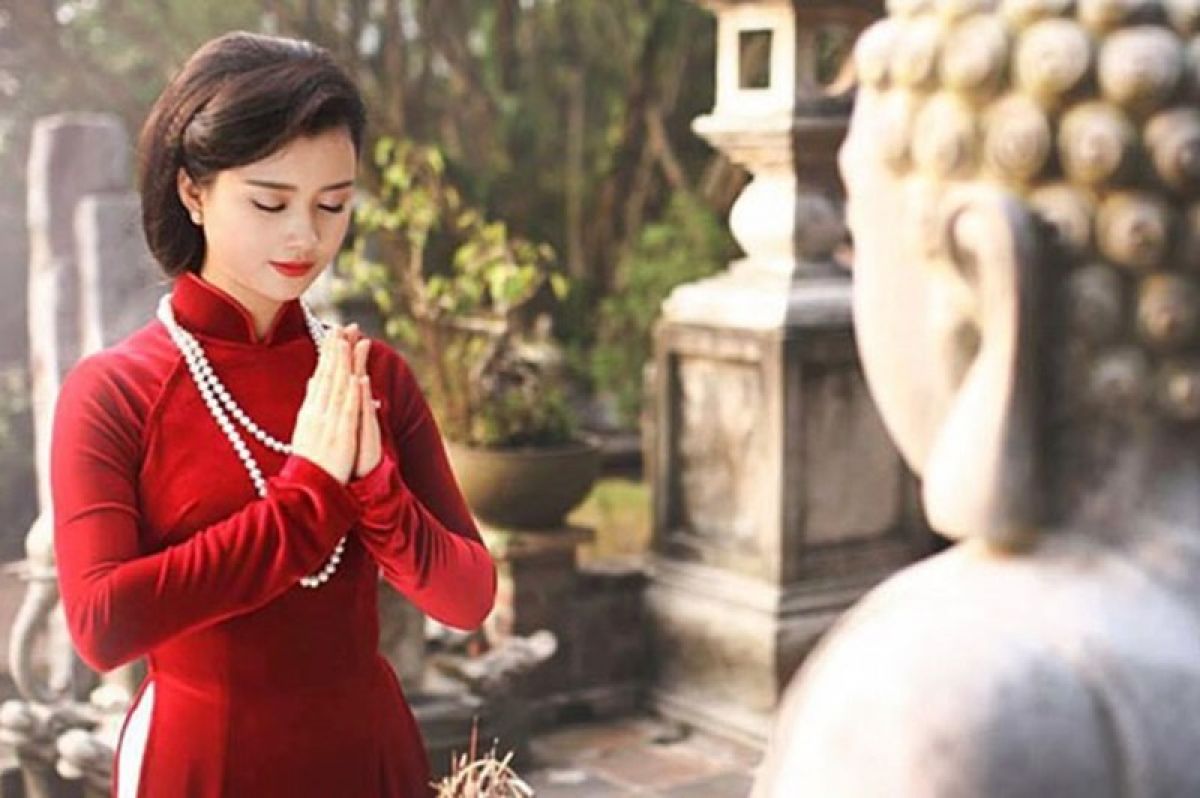
All religions which have strong influence in Vietnam come from outside and are Vietnamized, such as Buddhism, Confucianism, Taoism, and Catholicism. The indigenous religions which haven’t been codified yet such as Mother Worship were born late and have influence in small scale.
Mother Worship
Researchers describe the Vietnamese mother worship cult as a primitive religion. Mother, “Me” in Vietnamese language, is pronounced Mau in Sino-script. The mother worship cult might be originated from the cult of Goddess in ancient ages. In the middle ages, the Mother was worshipped in temples and shrines. Due to the fact that it is a worshipping custom and not a religion, the Mother worshipping cult has not been organized as Buddhism and Catholicism have. As a result, the different affiliations of the cult have yet to be consistent and different places still have different customs.
The custom of Mother Worship originated from the North. In the Central and the South, the religion has integrated and local Goddess such as Thien Y A Na (Hue City) and Linh Son (Tay Ninh Province). In fact, the Mother worship cult was influenced by other religions, mainly Taoism.
Buddhism
Introduced in Vietnam in 2nd century, Buddhism reached its apogee during the Ly Dynasty (11th century) and was considered as the official ideology. Its influence also left marks in various areas of traditional literature and architecture. Many pagodas and temples were built during this time.
At the end of the 14th century, Buddhism began to show signs of decline. Yet, the ideological influence of Buddhism remained very strong in social and cultural life. Now, over 70% of Vietnam’s population are either Buddhism or strongly influenced by Buddhist practices.
Confucianism
Confucianism originated from China and propagated to Vietnam in the early Chinese domination period. It is a moral doctrine advising people that they have a part of responsibility in their fate, and they must love one another, and must not think of abstract things of the next world.
A solution (set by Confucianism) for saving people from misfortunes is to create a peaceful, stable society arranged as a family in which members get along with each other.
Most Vietnamese feudal dynasties chose Confucianism as the national religion. During the Ly Dynasty, Van Mieu (Temple of Literature) and Quoc Tu Giam (Imperial College) were built in 1070 and 1076 respectively. In 1976, the first exam, which was a milestone of the Confucian era, was held. Winners of examinations have been appointed to the key positions since the 15th century.
Due to the influence of Confucianism, Vietnamese feudal dynasties paid much attention to the education, seeking talent, looking for and compiling books. The Vietnamese, therefore, became more hard-working and venerated teachers, scholars with knowledge.
Taoism
Taoism is a philosophy founded by Lao Tseu (Lao Tu), a Chinese contemporary of Confucius. The ideas and doctrines of his religion are explained in his book entitled Dao Duc Kinh (The Book of Morality). The central idea of this philosophical wisdom is to live purely and simply. It relies on harmony between Man, Nature, and a Universal Order.
Taoism has progressively been enriched by mysteries and superstitions linked to witchcraft and to ways of unveiling the secrets of the universe.
According to the intellectual classes, Taoism nourishes laziness, freedom of speech and pessimism. As far as the popular classes are concerned, it mainly gave birth to superstitions as evocations, prophecies and sorcery.
Most of time, spirits of Taoism are worshipped on the same altars as the other Vietnamese genies. Taoism had a significant influence on the formation of different beliefs in Vietnam.
Catholicism
Catholicism was introduced in Vietnam in 17th century by missionaries from Portugal, Spain and France. Pope Alexander 11 assigned the first bishops to Vietnam in 1659. Nine years later, the first Vietnam – Priests were ordained.
During the French domination period, many churches were built in Vietnam. Nowadays, nearly 6 billion people are considered to be Catholic. The most densely populated catholic areas are Bui Chu – Phat Diem in Nam Dinh and Ninh Binh Province, and Ho Nai – Bien Hoa in Dong Nai Province.
Caodaism
Cao Dai religion was first introduced in Vietnam in 1926 by header of district named Ngo Van Chieu, a civil servant from Phu Quoc Island, in the south of Vietnam.It is also known as Tam Ky Pho Do, a name that insists on the importance of the cult of the three supreme beings: Buddha, Jesus Christ and the Spirit of Cao Dai.
With the authorization of the French governor of Cochin China, Caodaism was officially recognized in 1926. The Eye is the sacred symbol of that religion.
The church in Tay Ninh is the central point where are located settlements of Cao Dai followers in the South Vietnam. Now, followers can also be found in the Central Vietnam, Central highlands, and even in the North of the country. The number of Cao Dai followers is estimated at 3.2 million people.
Hoa Hao Sect
Hoa Hao Sect was first introduced in Vietnam in 1939. It is derived from Buddhism and is inspired by values like mercy, love, equality, as well as causality law.
Followers don’t do any offerings of meat, fish or votive papers to honor Buddha. The rituals are very simple and consist of offerings of water, flowers and joss sticks. Water symbolizes cleanness, flowers (purity), and incense washes from dirt. Believers respect a vegetarian diet four days a month. Nowadays, about 1.4 million Vietnamese are followers of this sect. Most of them live in the South-West of Vietnam.
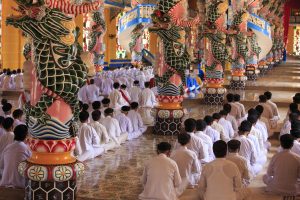
People praying in a Caodai temple in Vietnam.
Protestantism
Protestantism was introduced in Vietnam in 1911 and had the same dogma as Catholicism. Now, most protestants live in the Central Highlands. There is also a Protestant church in Hang Da st. in Ha Noi. The number of protestants is estimated at over 1 million people.
Islam
Most of the Islamic followers in Vietnam are of the Cham ethnic minority living in Central Vietnam. The number of Islamic followers in Vietnam is estimated at 75,000 people.

Vietnam is a beautiful country located in the Southeast Asia. With more than 2,000 kilometers length from the north to the south, the weather of Vietnam varies from regions to …

Homestay is also one of the unique features for those who are planning to travel in Saigon. Take a look at cheap homestay in Saigon that you definitely can …
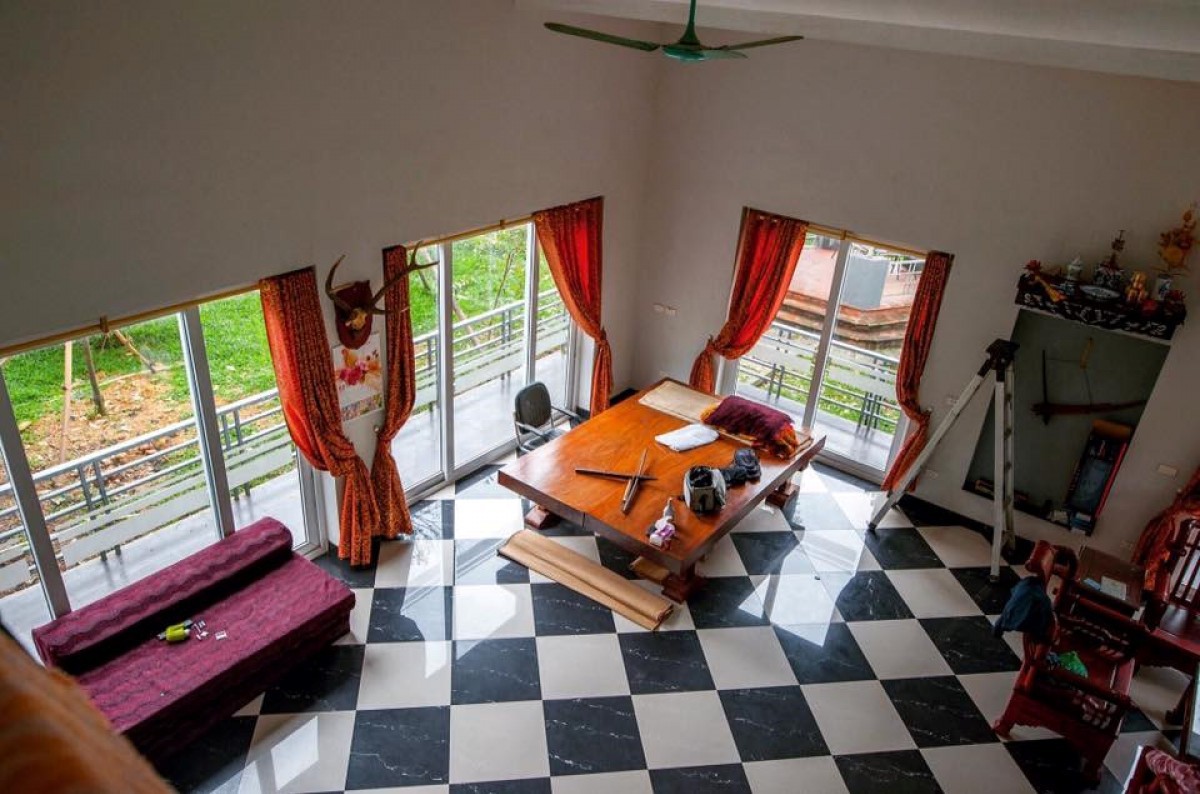
If you are too bored to stay at a hotel and looking for a new experience on your trip, a homestay is an option that you can not ignore. Let’s …

Just 90 km from Hanoi, Ninh Binh tourism with many beautiful sceneries and historical significance, has become a destination for many visitors to choose from. Best time to visit …
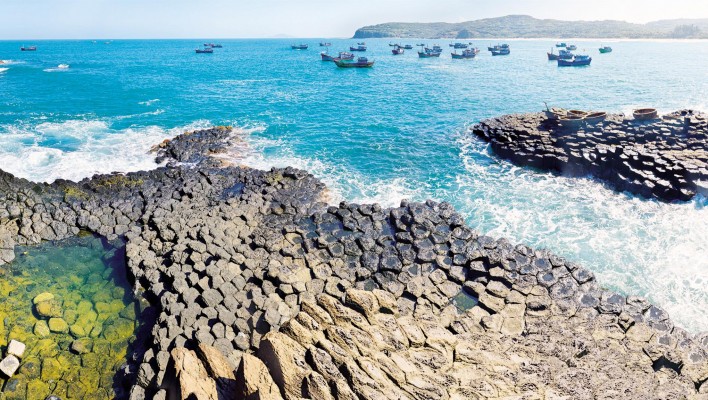
Phu Yen travel experience is all you need before visit Phu Yen? I will share everything that experience for you in this topic about Phu Yen. What is the …

Ha Giang, the land in the top of the country is not only famous for the majestic scenery of nature and mountains but the ethnic minority people, who are so …
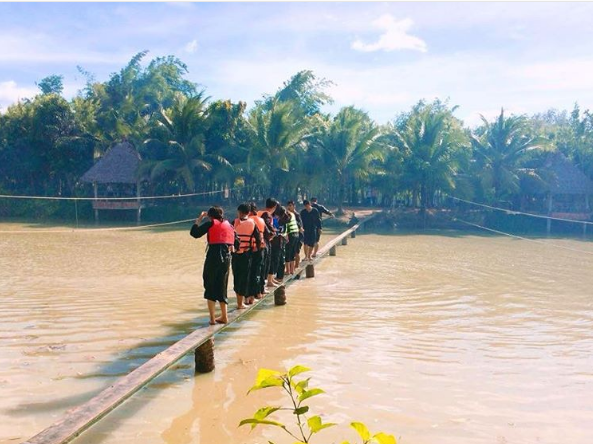
A trip to Ben Tre on the weekend will leave you with many unforgettable memories, and if you come here, please check-in one of these most interesting destinations in this …

In recent years, Binh Ba Island is very famous on the forums and travel topics, so the number of visitors to the island has been increasing fast. Whenever traveling to …